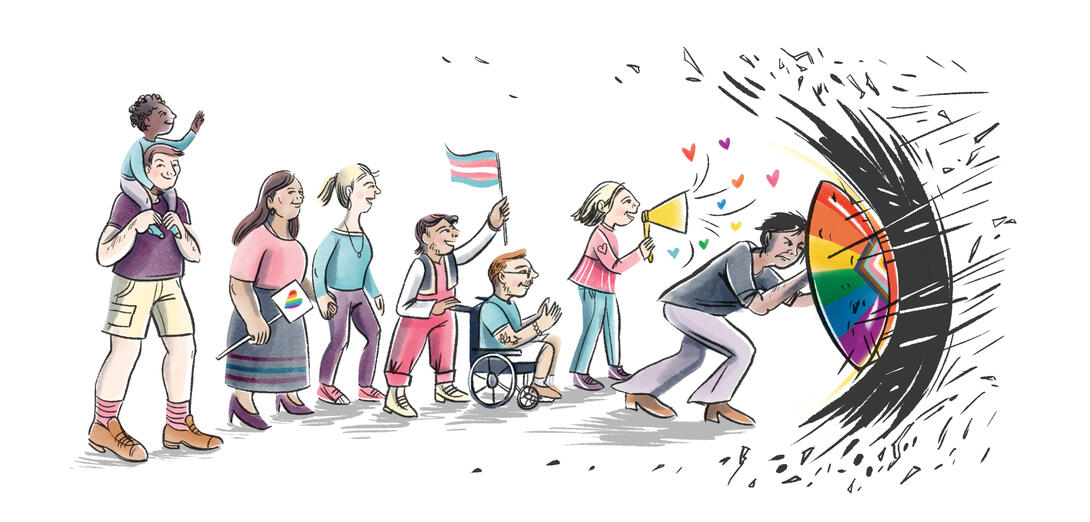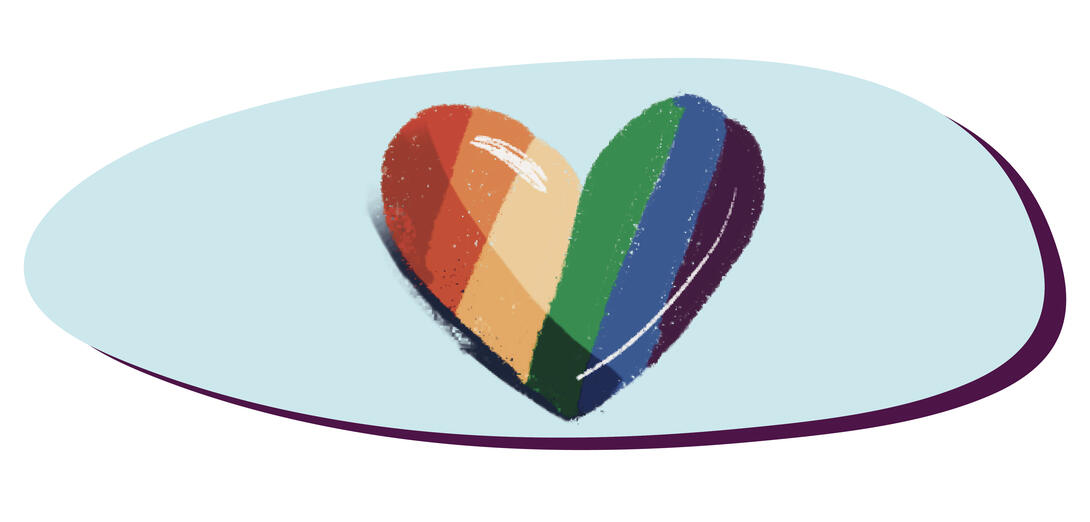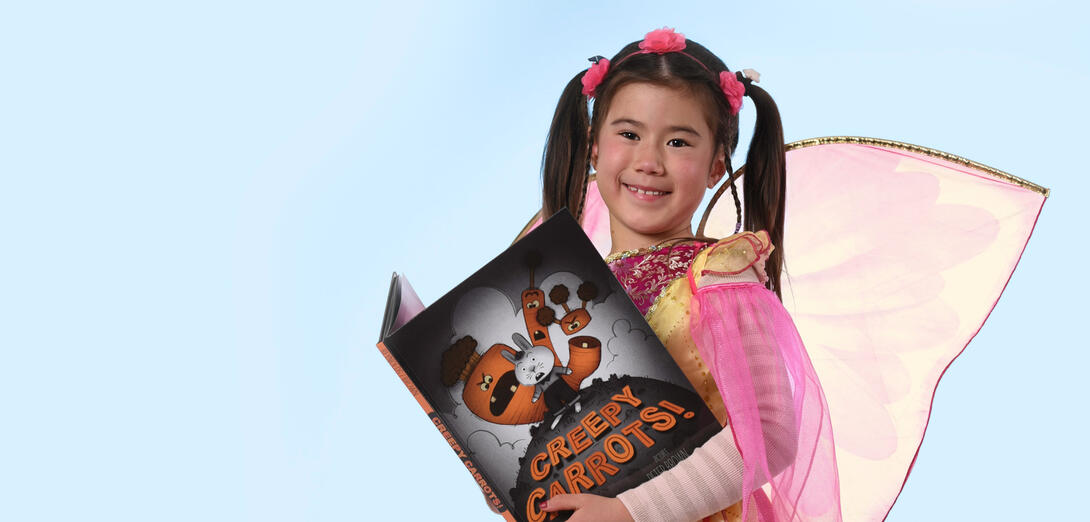Children learn about the concepts of gender and relationships starting at an early age and develop understandings about how they, their peers and their families compare within cultural patterns and societal norms. Young students frequently reinforce stereotypes by rejecting and “policing” gender-diverse peers and diverse family representations, negatively impacting 2SLGBTQIA+ students’ mental health.
Teachers can ensure the well-being of all children by creating welcoming classrooms that affirm and celebrate gender and family diversity.
Inclusive language
When addressing groups, families or new people, use inclusive language like folks, friends or grown-ups. Normalize and regularly use diverse gender identities, family compositions and inclusive pronouns like they/them. Avoid terms like “boys and girls” or grouping children by presumed gender.
Affirm diversity
Use visuals, toys and books to provide examples, opportunities and affirmation of gender-diverse identities, expressions and play. Build respect for self-determination and diversity with phrases like
- Colours/clothes/toys are for everyone!
- It feels good to be yourself!
- Everyone decides for themself.
Teachers can ensure the well-being of all children by creating welcoming classrooms that affirm and celebrate gender and family diversity.
Read alouds
Use picture books as anchor lessons to provide examples of gender and family diversity such as trans and non-binary characters and same-sex parented families. Build awareness and respect over time. Develop critical thinking skills using stories and illustrations by asking questions that challenge stereotypes, highlight characters' feelings and find similarities, such as
- Why do you think __?
- Is __ true for everyone?
- They feel confident when they __!
- Who else loves gymnastics/baking cookies/karate?
Focus on normalizing rather than exceptionalizing 2SLGBTQIA+ representation.
Teachable moments
Respond to disrespectful language (e.g. “these are only for girls/boys” or using “gay”
as an insult) and actions (such as exclusionary and gender-policing behaviours) right away. Respond non-judgmentally and help students develop social–emotional awareness, empathy and respect by connecting to previous discussions, read alouds or personal experiences. Model how to self-correct your own mistakes and accept correction from others.
Start now!
Teach like you have 2SLGBTQIA+ children and families in your class whether you know it or not, because you probably do!
About the author
Caitlin Campbell (she/her) is a kindergarten teacher and a graduate student in the master of education program at the University of Calgary. She is passionate about creating joyful early childhood spaces that celebrate diversity, inclusion and anti-bias education. Her research interests include early childhood education and development, anti-oppression education for social justice, and raising awareness among educators to create safe, affirming early childhood education spaces for 2SLGBTQIA+ children and families.
Further learning
Books
Available through the ATA Library!
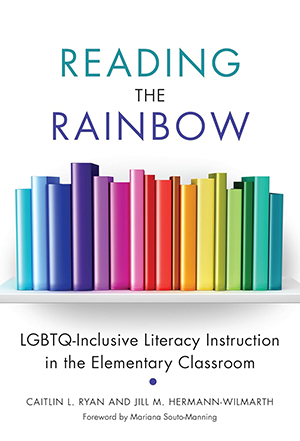
- Reading the Rainbow: LGBTQ-inclusive literacy instruction in the elementary classroom
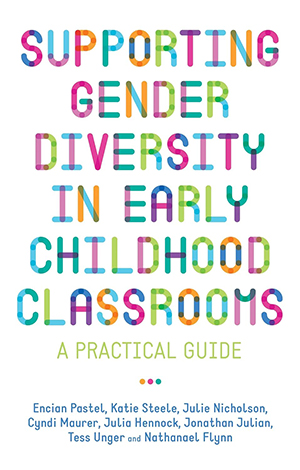
- Supporting Gender Diversity in Early Childhood Classrooms: A Practical Guide
Web resources
- Diversity Library by Parents for Diversity
https://parentsfordiversity.com/diversity-library - Egale
https://egale.ca/inclusive-schools/#tab-educator-resources - Skipping Stone
www.skippingstone.ca/resources-full#basics - The Gender-Friendly Classroom
www.edcan.ca/articles/gender-friendly-classroom
